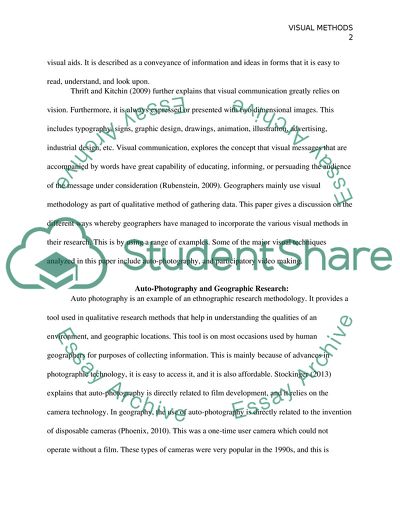Cite this document
(The Differing Ways in Which Geographers Have Incorporated Visual Coursework, n.d.)
The Differing Ways in Which Geographers Have Incorporated Visual Coursework. https://studentshare.org/geography/1838084-drawing-on-a-range-of-examples-discuss-the-differing-ways-in-which-geographers-have-incorporated-visual-methods-into-their-research
The Differing Ways in Which Geographers Have Incorporated Visual Coursework. https://studentshare.org/geography/1838084-drawing-on-a-range-of-examples-discuss-the-differing-ways-in-which-geographers-have-incorporated-visual-methods-into-their-research
(The Differing Ways in Which Geographers Have Incorporated Visual Coursework)
The Differing Ways in Which Geographers Have Incorporated Visual Coursework. https://studentshare.org/geography/1838084-drawing-on-a-range-of-examples-discuss-the-differing-ways-in-which-geographers-have-incorporated-visual-methods-into-their-research.
The Differing Ways in Which Geographers Have Incorporated Visual Coursework. https://studentshare.org/geography/1838084-drawing-on-a-range-of-examples-discuss-the-differing-ways-in-which-geographers-have-incorporated-visual-methods-into-their-research.
“The Differing Ways in Which Geographers Have Incorporated Visual Coursework”. https://studentshare.org/geography/1838084-drawing-on-a-range-of-examples-discuss-the-differing-ways-in-which-geographers-have-incorporated-visual-methods-into-their-research.


